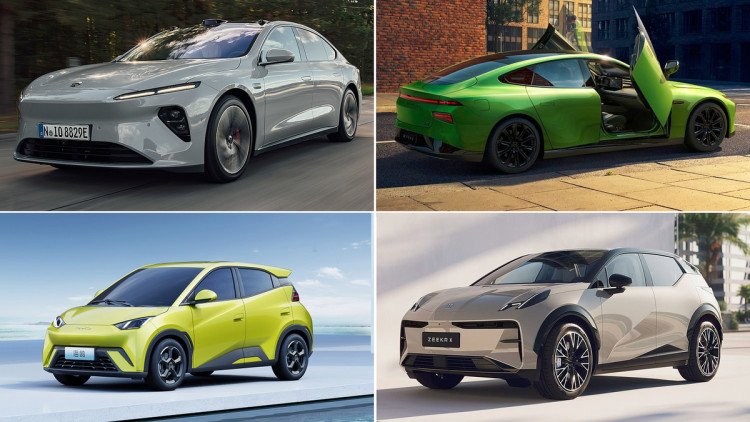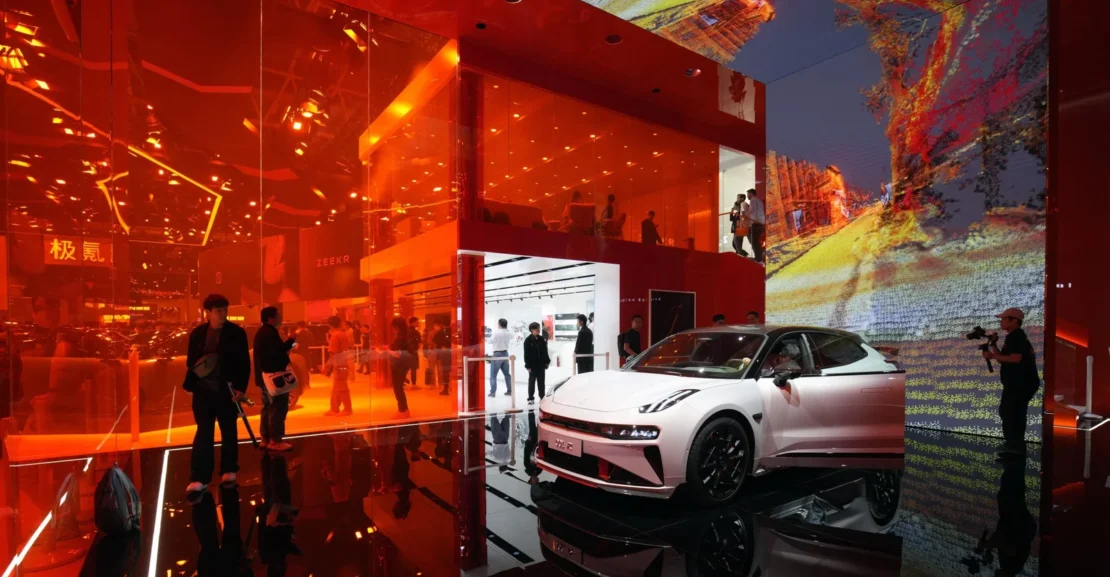While early models from brands like Geely, Chery, and BYD did draw inspiration from established players, today’s Chinese cars are defined by original platforms, in-house battery tech, AI-driven software, and bold, homegrown design language.
From Imitation to Innovation
In the 2000s and early 2010s, several Chinese automakers produced vehicles that bore striking similarities to popular models from Toyota, Honda, and BMW. These were often seen as budget alternatives with questionable build quality. However, this phase was a necessary step in China’s automotive development—allowing manufacturers to learn, scale, and invest in R&D.
By 2025, that investment has paid off. Brands like BYD, NIO, XPeng, and Zeekr now develop their own EV platforms, battery systems (like BYD’s Blade Battery), and autonomous driving software (XPeng’s XPILOT, NIO’s NAD). Their designs are no longer derivative but distinct—featuring bold grilles, futuristic lighting, and minimalist digital cockpits that set trends rather than follow them.

Examples of Original Chinese Engineering
- BYD e-Platform 3.0 & 3.0 Evo – A fully proprietary EV architecture that powers the Seal, Atto 3, and Seal U, offering 800V charging and Blade Battery safety.
- NIO’s Battery-Swapping Network – A revolutionary infrastructure not copied from any Western automaker, allowing full battery replacement in under 5 minutes.
- XPeng XPILOT 5.0 – One of the most advanced AI-driven autonomous systems in the world, developed entirely in-house.
- Zeekr’s SEA Architecture – Geely’s scalable electric platform used across brands, showcasing China’s leadership in EV modularity.
Are Any Chinese Cars Still “Copies”?
Very few. While some budget-focused models may still borrow styling cues, the core technology—especially in EVs—is now 100% Chinese-developed. Even in cases where joint ventures exist (e.g., Smart with Mercedes), the engineering and production are led by Chinese parent companies like Geely.
Moreover, Western automakers are now adopting Chinese technology—such as using Chinese-made EVs as base models for rebadging in Europe and Latin America—proving that the balance of innovation has shifted.

The Global Perception Shift
Today, Chinese cars are no longer seen as copies but as competitors and leaders. In markets like the UAE, Norway, Thailand, and Australia, Chinese EVs outsell established brands. European automakers are studying BYD’s vertical integration and cost efficiency. Tesla has acknowledged BYD as its biggest rival in the mass-market EV segment.
Conclusion
The narrative that Chinese cars are “copies” is outdated. In 2025, Chinese automakers are not imitating—they are inventing. From battery breakthroughs to AI-powered driving and luxury electric sedans, China is setting the pace for the future of mobility. The cars may have started as inspired designs, but today’s Chinese vehicles are original, advanced, and globally respected.

